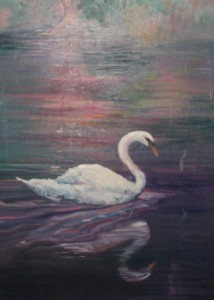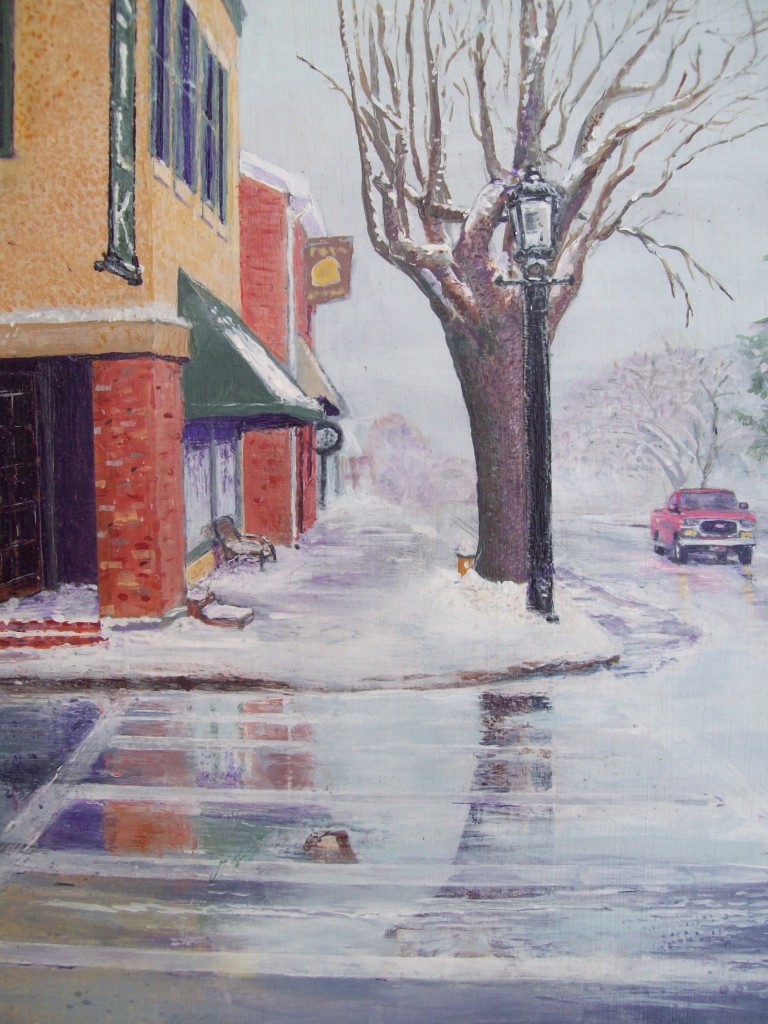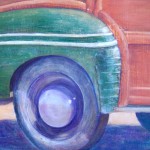
Here at Art Center Information, we have often been asked about the proper way to portray reflections. Reflections are images bouncing off an object and reaching your eyes indirectly such as by bouncing from a shiny surface, mirror, water, or some other reflective object. If properly rendered, they add interest and dimension to many realistic paintings.

As an artist wishing to give your painting an extra measure of depth, you will want to understand thoroughly the proper use of reflections. Of course, there are many more considerations when painting reflections, but hopefully this handful of tips is helpful art information.
- On a smooth surface such as a still lake, reflections will be sharp-edged and clear.
- Reflections on a rough surface such as rippled water will be blurry and broken.
- Water ripples are similar to small mirrors all at different angles sending reflections in various directions.
- Caustic reflections are the reflected light by means of reflecting off waves on water. For example, spots, arcs, or bands of light off the side of a boat reflected from light hitting the waves.
- Remember, the angle of incidence and the angle of the reflection are always the same.Specular reflections bounce off shiny surfaces. For example, the face of a man fishing reflected in the contour of a chrome boat railing, or depictions in a shiny hubcap.
Be sure to sign up for the Art Center Information newsletter. March 30, 2013 we will be giving the art coffee table book away.


